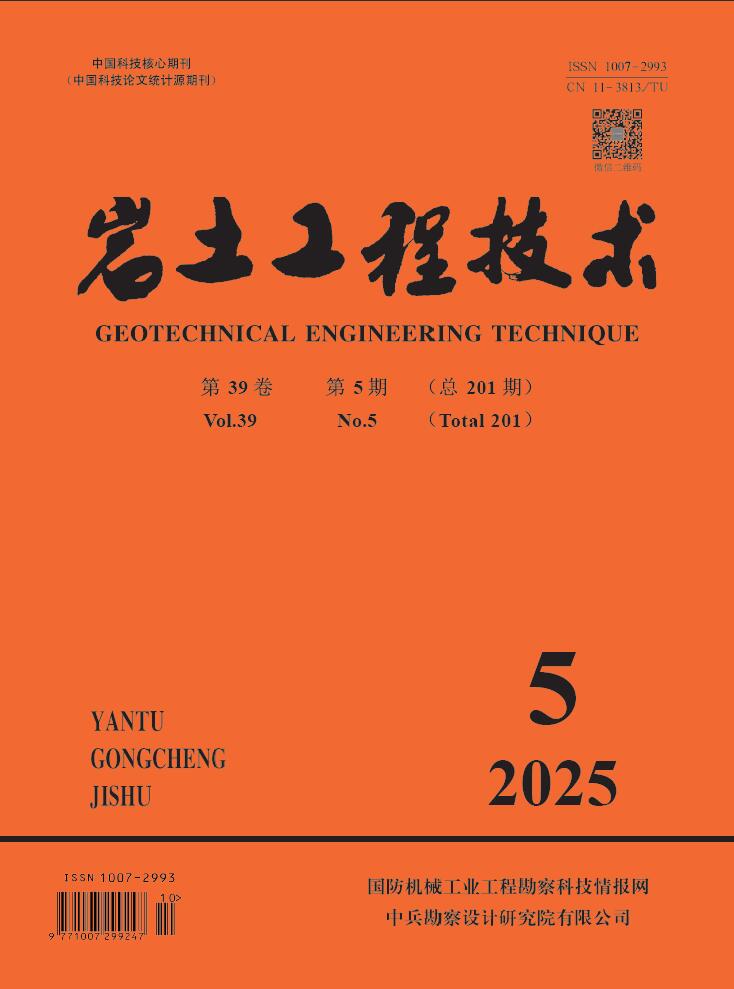2008 Vol. 22, No. 2
Display Method:
2008, 22(2): 55-59,66.
Abstract:
2008, 22(2): 60-66.
Abstract:
2008, 22(2): 67-70.
Abstract:
2008, 22(2): 71-74.
Abstract:
2008, 22(2): 75-78.
Abstract:
2008, 22(2): 79-83,87.
Abstract:
2008, 22(2): 84-87.
Abstract:
2008, 22(2): 88-91.
Abstract:
2008, 22(2): 92-96,100.
Abstract:
2008, 22(2): 97-100.
Abstract:
2008, 22(2): 101-104,109.
Abstract:
2008, 22(2): 105-109.
Abstract:



